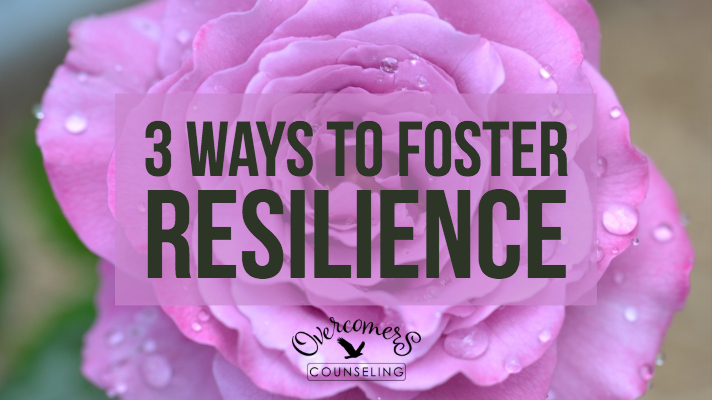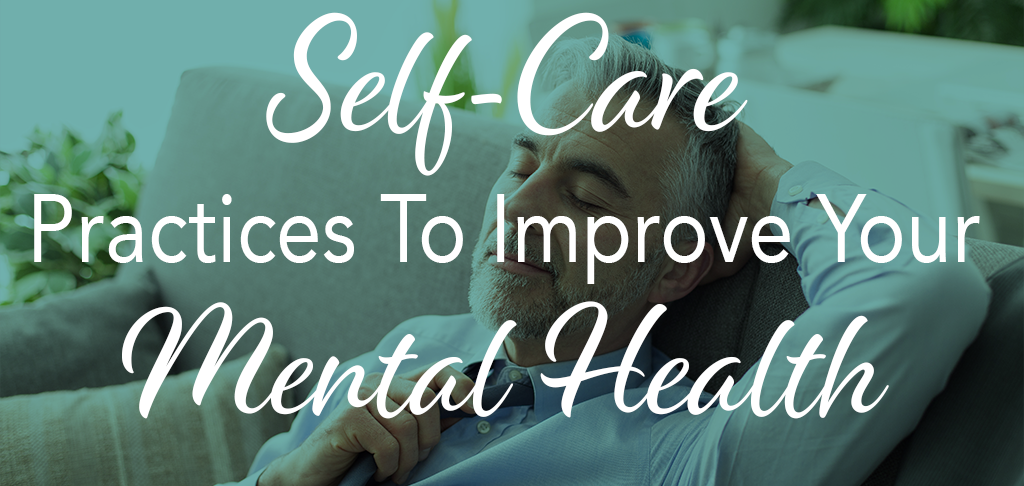I often describe the conversation with my mom that occurred after the surgery that left me totally blind in which I asked her, “How can I do anything if I’m blind? How can I have a job or a family?” My mother’s response framed my future as she stated, “You can still do anything you wanted to do before; you’ll just have to do things differently now.”
My name is Kimberly Duff and I am a Licensed Professional Counselor and a Certified Rehabilitation Counselor (LPCCRC). These credentials mean that I am licensed to work as a counselor in Georgia and I have special education and certification in disability and chronic illness. Throughout my education and professional development I have paid particular attention to the advances in assistive technologies and also the changing laws and guidelines that have direct impact on my practice as a counselor and my life as a person with disabilities.
Did you know in 2020, 10,982 Title III ADA lawsuits were filed in federal courts. In 2019, a suit was filed by a visually impaired individual against Domino’s Pizza because he was unable to order a pizza through the company’s website in 2015. Domino’s was ordered to bring their website into compliance with industry standards for website accessibility and pay the plaintiff $4,000 in penalties.
Federal district courts have held that businesses are “places of public accommodation” and as such, must reasonably accommodate the disabled in accessing services. They violate ADA when they fail to make their websites and physical locations accessible for disabled customers.
Privately owned therapy offices are also considered “places of public accommodation” and are subject to Title III regulations as set forth in the ADA. This includes websites if the website provides the address or directions to the office, provides a phone number for the office, offers an online scheduling system for prospective clients, and provides a printable copy of an informed consent document or other intake paperwork.
The key provision of the communication rules is that the person with the disability should be able to fully communicate to the covered entity and to fully understand the information conveyed by the covered entity resulting in a free exchange of information with both parties.
So, what should a counselor or practice manager like you do? Where should you start? Just like my mother told me, you can still do anything you want to do, you just need to do things differently now.
This newsletter will bring these issues to the forefront and offer clear guidance on how you can comply with current best practices and legal standards and also better serve your clients with disabilities. I hope to encourage dialogue to foster understanding and change within the counseling community. If you are ready to implement accessibility in your online course, counseling platform, or electronic forms, contact me so we can get started. To see if my accessibility services are the right fit for your practice, please fill out the contact form on my website here.
Sources:
https://www.jdsupra.com/legalnews/website-compliance-with-the-ada-gil-v-5213145/
https://law.justia.com/cases/federal/appellate-courts/ca9/17-55504/17-55504-2019-01-15.html
Are you a clinician or medical professional interested in receiving regular updates on web site and online accessibility for the blind and visually impaired? Subscribe to Kimberly’s blog by going to https://www.counselingbykimberly.com/join-mailing-list/














